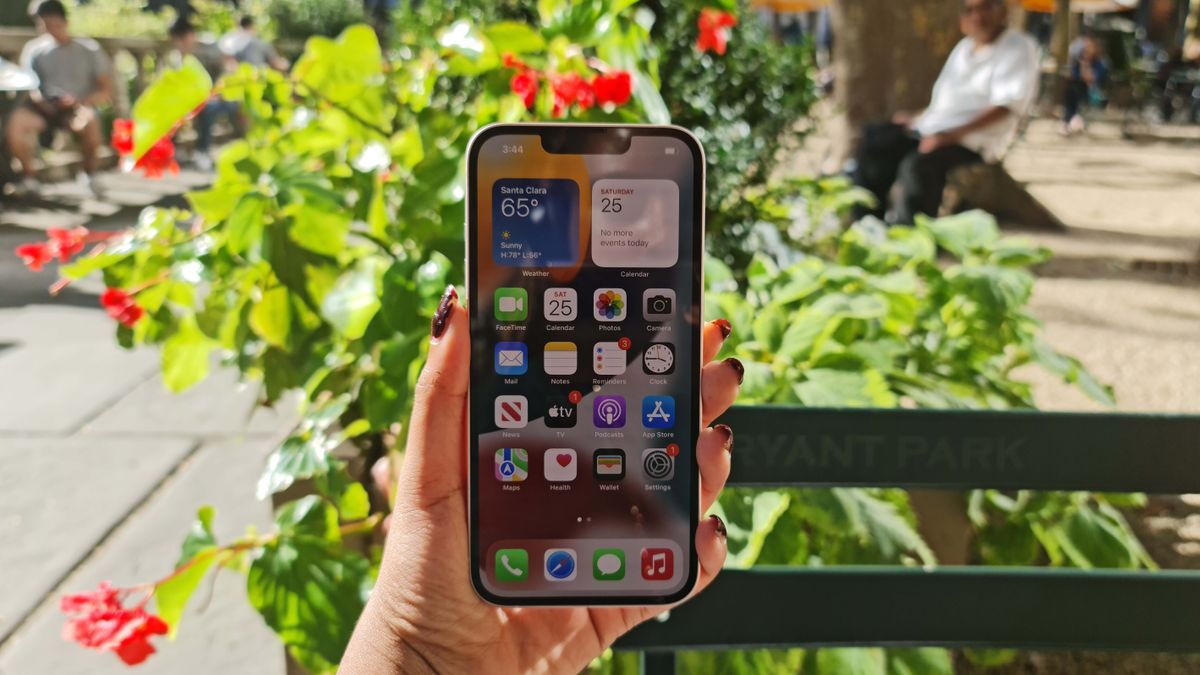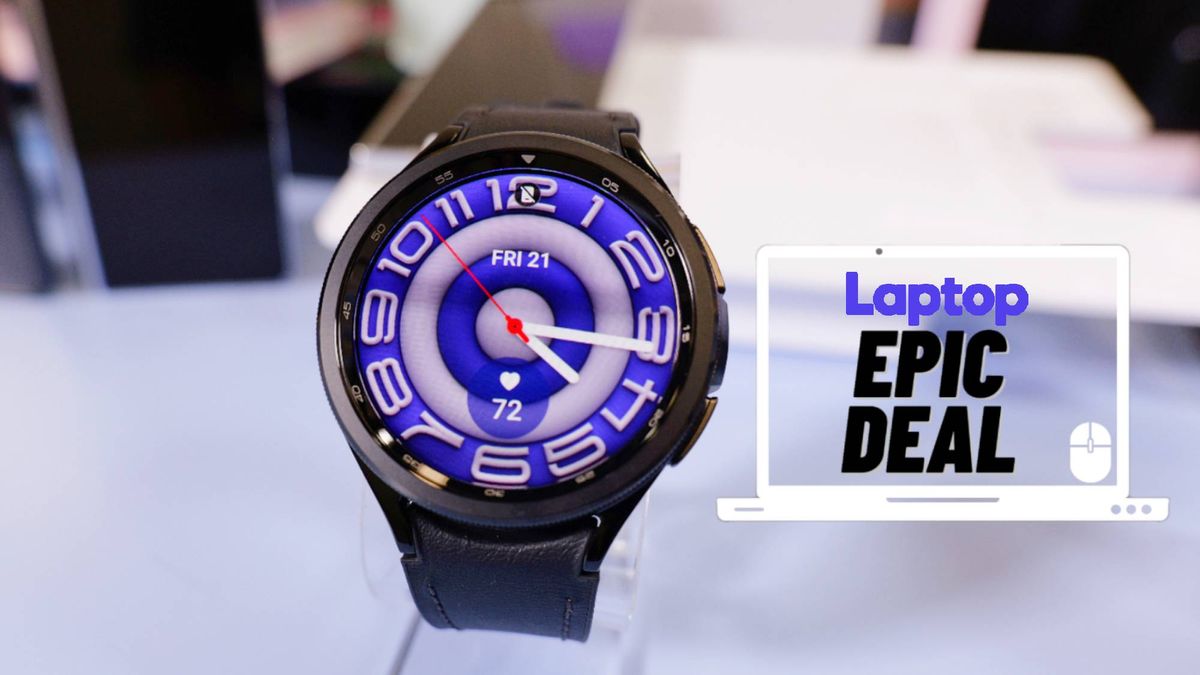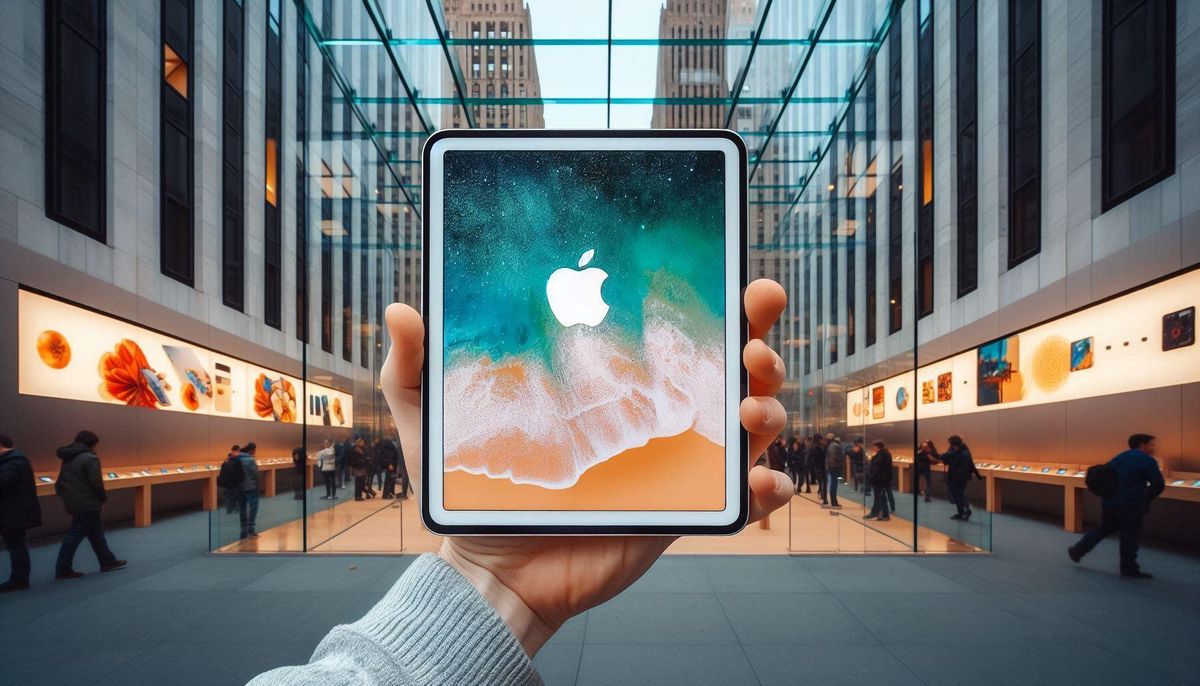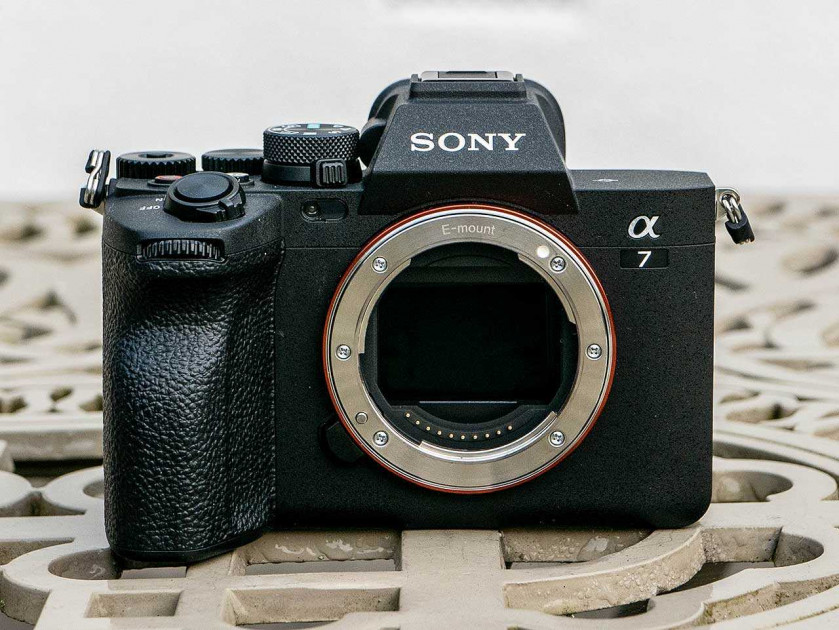

Introduction
The Sony A7 IV is a mid-range 35mm full-frame mirrorless camera that replaces the very popular 3-year-old Alpha A7 III model.
The A7IV has a brand new 33 megapixel EXMOR R back-illuminated full-frame sensor with an optical low-pass filter, the latest flagship-class BIONZ XR processor, and offers a dynamic range of 15+ stops at low sensitivity settings.
4K UHD video recording is available in the XAVC S-I format at up to 60fps at 4:2:2 color depth in 10-bit to the inserted memory card or over HDMI to compatible third party recorders with either Long GOP or All-Intra frame encoding. It can record Full 1080 HD at up to 120fps and supports the S-Cinetone, HLG, S-Log3 and S-Log2 profiles.
The Alpha A7 IV boasts a dust and moisture-resistant magnesium alloy body with built-in image stabilisation worth up to 5.5 shutter speed stops, an ISO range of 50-204,800, and a hybrid auto focus system with 759 on-sensor phase-detect points supported by 425 contrast detect points that work down to -4EV.
The Sony A7IV supports Real-time Tracking AF and also Human, Animal and Bird Eye AF, all for both stills and movies, making it the first Sony camera to offer such comprehensive AF support for both shooting modes.
Other key features include 10fps burst shooting with full AF/AE tracking, a 3.69m-dot EVF with 0.78x magnification and a refresh rate of up to 120fps, and a fully articulating 3-inch 1.03-million-dot LCD screen with improved touchscreen functionality.
The Alpha A7 IV offers the fastest 5GHz Wi-Fi and Bluetooth 4.2 connectivity, in-camera USB streaming, dual UHS-II SD-cards and CFexpress Type A memory card slots, 610-shot battery life and USB-C charging.
The Sony A7 IV is available now priced at around £2399 / $2499 body only or £2599 / $2699 with the Sony FE 28-70mm f3.5-5.6 OSS kit lens. It is made in China.
Ease of Use
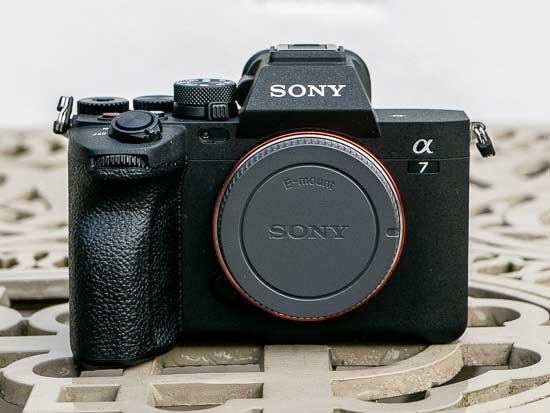 |
In terms of its external design, instead of following in its older brother’s footsteps, as the previous A7 III did, the new A7 IV has almost exactly the same body design and uses the same heatsink system as the A7S III video-centric camera.
The magnesium alloy bodied Sony A7 IV is slightly bigger, thicker and ever so slightly heavier than the 3-year-old Mark III that it replaces, but it’s still quite small and slender overall, measuring 131.3 mm x 96.4 mm x 79.8 mm and weighing 658g without a lens, battery and memory card fitted, a mere 8g more than the A7 III.
The increase in depth and weight is largely down to a more generous handgrip that makes the Alpha 7 IV even more comfortable to hold than the A7 III, which was itself no slouch in that department.
The size increase is also caused by inheriting a ‘heat dissipation’ design, or internal heat-sink, from the A7S III, plus improved internal sealing so it can be counted upon in adverse conditions.
Overall, the Alpha A7 IV feels chunkier than its predecessor, but in a good rather than negative way, with the new handgrip in particular making it feel more purposeful and business-like.
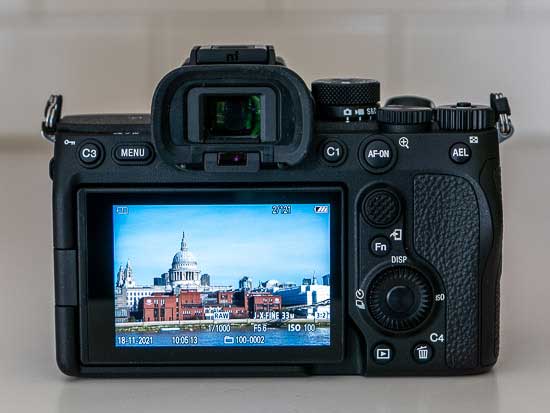 |
The A7IV uses a newly developed 33 megapixel Exmor R BSI CMOS sensor, which will presumably become the sensor of choice for all of Sony’s entry-level and mid-range full-frame cameras going forwards.
Backside Illuminated (BSI) is a special manufacturing process that should result in better image quality in low-light situations than cameras that have a non-BSI sensor with the same number of megapixels.
This new 33mp sensor gives it the edge in resolution over both the previous A7III (by 27%) and rivals like the Canon R6, Nikon Z6 II and the Panasonic S1, whilst not treading on the toes of the 42 megapixel A7R III or the 61 megapixel A7R IV.
The new A7 IV uses the very latest BIONZ XR processor, as previously found in the A7S III camera, which offers a whopping 15+ stops of dynamic range. It also offers 8x more processing power than the BIONZ X processor found in the A7 III, which was itself no slouch.
Both the A7 III and A7 IV offer ISO ranges that run all the way up ISO 204,800. They have a native range of 100-51,200 for stills, which can be pushed two stops further to ISO 204,800, and can drop down to ISO 50 if required.
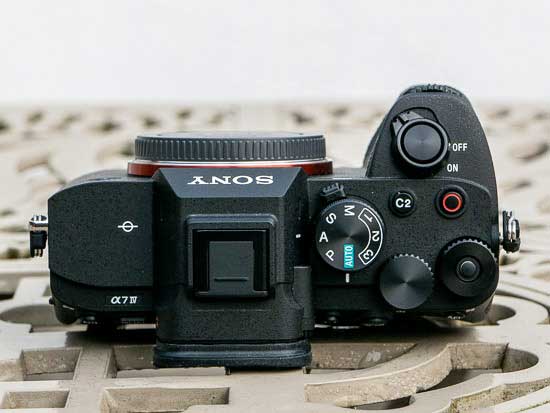 |
For video the A7III allows you to use the full expanded ISO 50-204,800 range, whereas the new A7IV has a slightly more restricted range that starts at ISO 100 and tops out at 102400.
The A7 IV uses a hybrid AF system which employs both phase-detection and contrast-based auto-focusing, but the number of AF points and the frame coverage have both been increased since the previous model.
Using exactly the same autofocus system as the A7S III and flagship A1, there are now 759 phase-detection points (up from 693) that cover 94% of the frame, plus 425 contrast-detection points, that work down to -4EV low-light.
The A7 IV’s auto-focus system supports Real-time Tracking AF and Human, Animal and Bird Eye AF for both stills and movies, the only Sony camera to do so to date, and it works down to f/22 versus f/11 on the A7 III for burst shooting.
It also has the most recent focusing algorithm that’s the same as the one used by the A7S III, which helps to make the already excellent AF tracking system even more reliable, with the accuracy of Eye AF improved by 30% in comparison to the older A7 III.
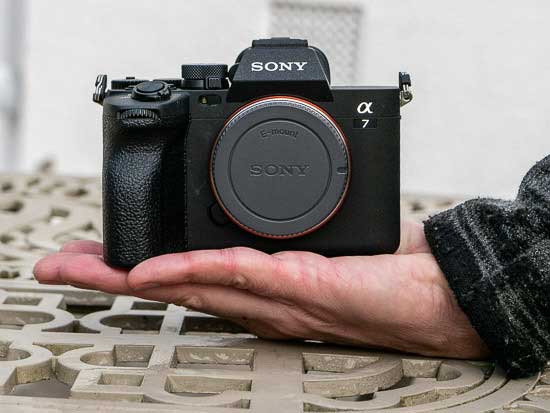 |
Focus Map is a brand new feature which lets you easily visualise the depth of field when you’re shooting. When enabled, depth map information is overlaid on a display of the live view in real time, so you can easily see which areas are in or out of focus before taking the shot.
Another new feature that will be of particular interest to videographers is the AF Assist function, which smoothly switches between auto and manual focus by rotating the focus ring to switch into MF and shift focus to a different subject, with AF automatically resumed when the ring rotation stops.
Every aspect of continuous AF delivers with unerring speed and reliability for photography and video; subject tracking, face and eye detection for humans and for animals (photo only) is incredibly good.
The speed of AF transitions can be now be manually adjusted, with 7 levels of speed. We have especially appreciated this new feature for slower and smoother (and therefore more natural) AF transitions because Sony systems are capable of being too quick as to feel unnatural in video. The same goes for AF subject shift sensitivity, with five levels of speed.
Located on the front of the A7 IV is the lens mount which has been reinforced to better support heavy lenses and a small porthole on the left for the self-timer/AF illuminator.
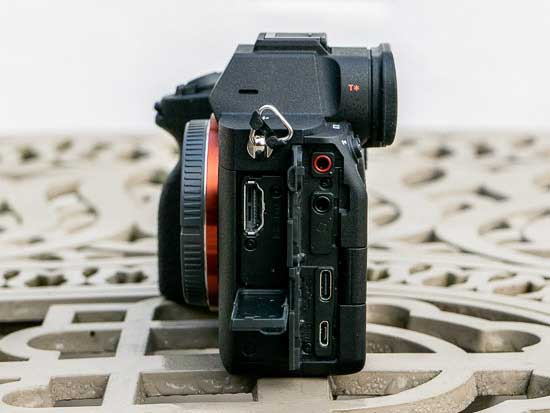 |
On the right-hand side of A7IV’s top panel is the large shutter release button that sits in a logical position on top of the larger handgrip, encircled by the On/Off switch.
There’s a traditional shooting mode dial with a new separate Photo / Video / S&Q switch underneath it, with the camera remembering basic exposure settings in each mode, a never-seen-before feature on a Sony Alpha camera.
There’s also a one-touch movie record button which was previously located on the rear of the camera, twin exposure command dials, customizable C2 button plus a brand new unmarked, lockable dial which replaces the A7 Ii I’s exposure compensation dial. This can be customized to set either the shutter speed, aperture, ISO speed, drive mode, focus mode or, as before, exposure compensation, which can also be changed via the menu provided the dial is set to 0.
On the top of the A7 IV is a familiar external hotshot, dubbed the Multi Interface Shoe, for attaching one of a range of accessories, including an external flash. As with the other Alpha cameras, thanks to its electronic front curtain shutter the A7 IV has a sync speed of 1/250th sec, making it well suited to flash-based portrait photography, especially when used in conjunction with the amazing Eye-AF mode.
There is no top-panel LCD screen on this camera as found on some rivals, with the left-hand-side still completely and curiously bereft of any controls at all.
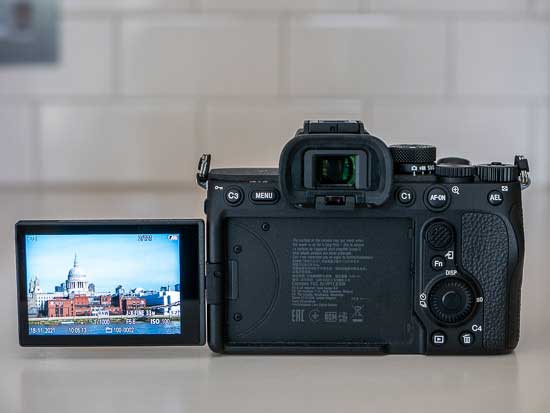 |
The rear of the camera is basically identical to the A7S III. We really like the tactile AF joystick which is used mainly for navigating the auto focus area, plus the large AF-ON button is conveniently placed just above, right by where your thumb naturally rests.
The rest of the rear control layout is straight-forward, with two more Custom buttons positioned either side of the viewfinder, a useful AEL button, the Fm button for quickly accessing the camera’s key settings, and a traditional scroll wheel with Set button at its center. Playback and Delete buttons (also the C4 button) complete the rear.
There are plenty of custom buttons which become increasingly useful as you grow to know the Alpha 7 IV and what it is capable of. Any shortcuts for controls on a camera like this are welcome. Overall, we can’t think of any specific layout changes that we’d like to see, and if you’ve ever used the A7S III before, you’ll feel instantly at home.
The A7 IV has a high-resolution 3.69m-dot electronic viewfinder (EVF) that has a refresh rate of up to 120fps, the same as the one used on the A7R III and A9 II models.
This features 100% scene coverage, 0.78x magnification and a 120fps high frame rate option to help track moving subjects more smoothly with virtually no lag.
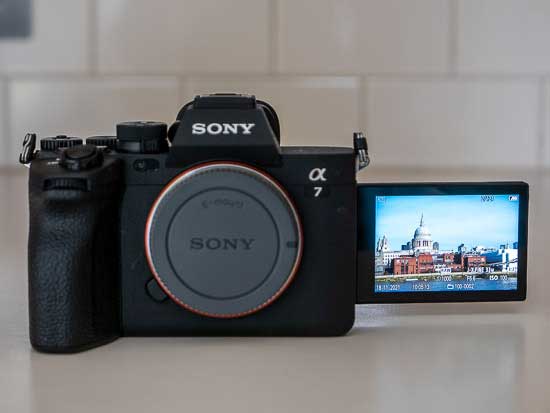 |
This is better than the 2.36 million dot XGA OLED electronic viewfinder used by the older A7 III, which has the same magnification but is lower-resolution and only has a slower 60fps refresh rate.
The A7 IV has a fully articulating 3-inch, 1.03-million-dot LCD screen with improved touchscreen functionality, including focusing and navigating the much improved user interface and main menu system.
An even bigger change from the A7 III to the IV is the A7 IV’s screen has a vari-angle design that’s been inherited directly from the A7S III, which for some users will represent a very welcome improvement on the A7 Ii I’s more limited 180-degree flip-up design.
You can flip out the screen to the side, rotate it forwards for easier operation when pointing the camera at yourself, and fold it flat against the back of the camera to stop it from getting scratched.
It’s simply a much more versatile screen for vlogging, movie shooting and photography in general.
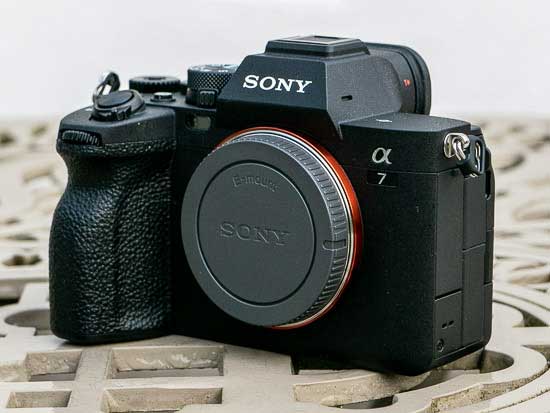 |
The A7IV offers 4K UHD video recording in the XAVC S-I or XAVC HS formats, up to 60fps at 4:2:2 color depth in 10-bit to the inserted memory card or over HDMI to compatible third party recorders, with either Long GOP or All-Intra frame encoding. It supports the S-Cinetone, HLG, S-Log3 and S-Log2 profiles.
While 4K/30p video is oversampled from 7K in full-frame, 4K/60p is oversampled from 4.8K in the APS-C Super 35 mode, which means that a less than desirable 1.5x crop is applied.
This effectively means that you either need to accept and work with the 1.5x crop when shooting in 4K/60p, record in 4K/30p for wider-angle subjects, or use an ultra-wide-angle lens for 4K/60p to offset the crop factor.
Compared with the A7 III, there is no 4K/60p or 10-bit recording at all on and it also applies a slight 1.2x crop to 4K/30p video, so the A7IV’s video capabilities are a big step forward from the older model – the 4K/60p mode is just more restricted than rivals like the Canon EOS R6, which is able to shoot 4K/60p from a full-frame region.
The A7IV can also record Full 1080 HD at up to 120fps, with the dedicated Slow and Quick motion mode offering frame rates ranging from 1fps to 120fps.
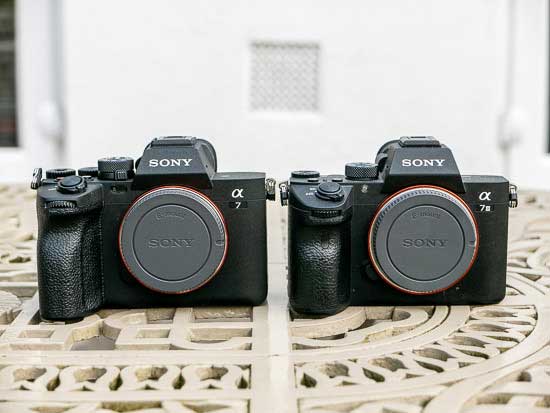 |
There is no recording time limit at all on the A7 IV, thanks to the intgrated heatsink, which means that it’s possible to record more than one hour of continuous 4K 60p 10-bit 4:2:2 video without any over-heating issues.
The A7 IV inherits quite a few features inherited from the A7S III, including the AF Speed settings, no recording time limits at all, a blue peaking colour, the ability to shoot vertical videos, and dual NTSC and PAL recording on the same memory card without having to reformat it.
It also has a range of new video settings that you won’t find on the A7III, including Breathing Compensation to help reduce focus breathing with certain Sony lenses, Shockless White Balance to make manual changes in white balance more smooth, Flexible Exposure Mode to switch between auto and manual exposure settings separately for the aperture and shutter speed, and two types of Shot Marks to mark favourite takes or scenes.
The Sony A7 IV features an in-body 5-axis image stabilization system to help prevent unwanted camera shake in low-light. It automatically corrects for pitch and yaw movement, plus horizontal shift, vertical shift and rotary motion (rolling) for both still images and movies.
The use of an in-body system, rather than a lens-based system, ensures that the Alpha A7 IV can stabilize all kinds of lenses, not just those with the FE designation, including E-mount lenses without Optical SteadyShot (OSS), A-mount lenses and even third party lenses mounted via the popular Sigma MC-11 or Metabones adapters.
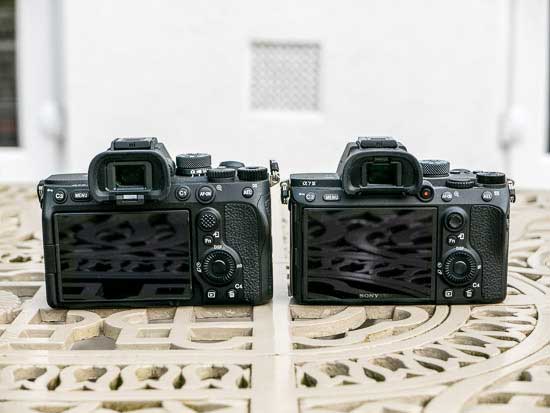 |
Note that lenses without any electronic contacts only benefit from three axes of compensation, and you also need to manually input which focal length you’re using to ensure that the stabilization works properly.
The A7 IV offers an improved 5.5-stops of compensation, the same as on the A7S III and 1/2 stop more than the previous A7 III.
It also gets a new feature called Active Mode that increases stabilization for movie shooting, again inherited directly from the A7SIII and something that the A7 III didn’t offer at all.
Finally, you can also stabilise the A7IV’s footage in post-production using data from the camera’s gyro sensor and the Sony Catalyst software – yes, you’ve guessed it, just like the A7S III.
The A7 IV and III are surprisingly evenly matched when it comes to their headline continuous shooting speeds, with both offering a respectable 10fps burst shooting with Full AF/AE tracking.
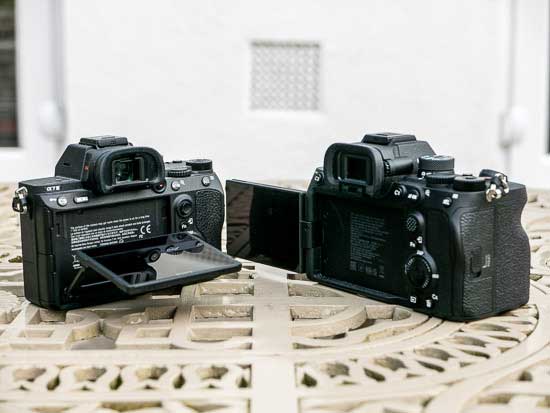 |
Unfortunately, while the A7III supports that rate for all file formats, the A7IV can only shoot at 10fps for JPEGs and/or compressed Raws. The burst speed drops quite dramatically to just 5-6fps if you want to shoot either uncompressed or lossless compressed Raw files, which we suspect a lot of users would prefer to do.
The A7 IV does at least have a much larger buffer than the A7 III, though, especially when shooting Raw files, being able to shoot at 10fps for up to 830 JPG+RAW (uncompressed) or 1,000 JPGs, lossless compressed or compressed RAW in one high-speed burst, whereas the A7III could only manage a still very respectable 79 JPG+RAW images or 82 JPGs, 89 compressed RAW or 40 uncompressed RAW images.
There is a pretty big caveat for the A7IV’s improved buffer to be aware of – it can only be achieved when using a Cfexpress Type A card, which are faster but also much more expensive than SD cards, with the fastest rate dropping to 8fps if you use the latter.
All in all, burst shooting is something of a mixed bag on the new A7 IV, with the much larger buffer offset by the need to shoot JPEGs and/or compressed Raws using a Cfexpress Type A card to get the fastest 10fps rate.
The Sony A7 III was clearly ahead of its time by being one of the first mirrorless cameras to have two SD card slots, although only one of them took advantage of the faster UHS-II standard.
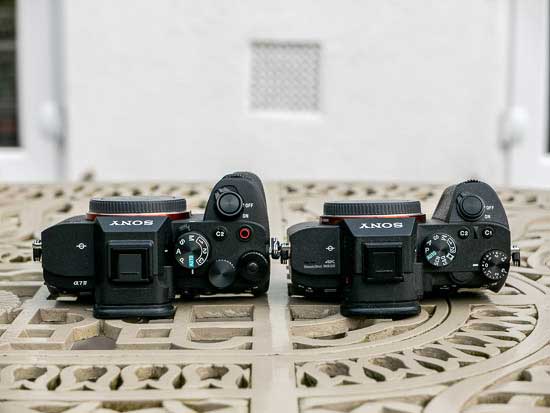 |
Look under the memory card flap on the right-hand flank, when viewed from the rear, of the new A7 IV and you’ll still find two card slots, but Slot 1 can now interchangeably use UHS-II SD-cards and faster CFexpress Type A cards, just like the A7S III, whilst Slot 2 only uses UHS-II SD-cards.
If you’re not familiar with them, Sony’s CFexpress Type A cards are smaller than a SD card, with this relatively new type of card boasting 800MB read and 700MB write speeds – that’s more than double the speed of the fast UHS-II SD card.
CFexpress Type A cards don’t come cheap, though, with an RRP in the region of £200 for the 80GB card and £400 for the £160GB card, plus the card reader is approximately £130. Some good news is that UHS II SD cards are also accepted in the same card slots.
There’s the usual customisation for simultaneous dual card recording, plus it is possible to record full-size video files on one card and proxy files onto the other – handy because you’ll most likely be working on proxy files in post.
Over the left-hand side of the camera is a veritable cornucopia of connection ports – there really isn’t much that you can’t connect to the A7 IV.
As on the A7S III, Sony have included both USB-2 and USB-C / 3 ports, the latter meaning that you can now power and tether the camera at the same time, a great boon for studio shooters, although it still lacks the A7R IV’s PC Sync port.
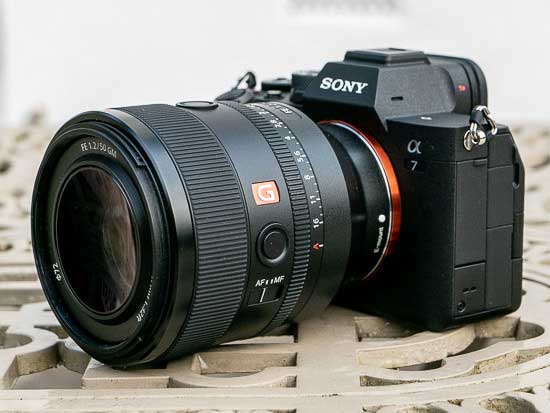 |
As well as a 3.5mm headphone and MIC sockets, it is also now possible to connect an external monitor directly to the A7 IV via the new full-size HDMI port, which is a much better solution than the less robust micro-HDMI port found on the A7 III.
The Sony A7 IV becomes the latest camera launched in 2021 to offer in-camera USB streaming – 10Gbps live streaming via its USB-C port to be exact – allowing you to use the camera as a webcam. It supports up to 4K/15p or more usefully 1080/60p.
The much older A7 III model doesn’t offer such a seamless experience – instead you have to use Sony’s Imaging Edge software to turn it into a webcam.
The A7 IV uses exactly the same large capacity battery as its predecessor, but the official CIPA-rated battery life has actually dropped from 710 to 610 shots, which may be a consequence of using the faster, more power-hungry BIONZ XR processor.
It’s still capable of lasting for a full day’s shooting on one battery, though, addressing one of the most common complaints about Sony’s mirrorless camera range, namely the poor battery life.
Thankfully the A7 IV uses the same recently revised menu system as the A7S III and A1 models, which is much clearer and easier to navigate than the outdated, clunkier menu on previous A7 cameras, which leads to a lot less frustration when trying to setup and configure the camera.
Image Quality
All of the sample images in this review were taken using the 33 megapixel Extra Fine JPEG setting, which produces an average image size of around 16.5Mb.
The Sony A7 IV produced images of outstanding quality during the review period.
The A7 IV has an extensive and very usable ISO range of 50-204800. ISO 50-6400 is essentially noise-free, while ISO 12800 and 25600 produce more than acceptable results, and even ISO 102400 is OK for emergency use, although we’d hesitate to use the fastest setting of ISO 204800.
The RAW samples illustrate just how much processing the camera does by default, though, as they’re noisier at the higher ISO values than their JPEG counterparts, with more unwanted colour artifacts.
The effective Dynamic Range Optimizer function extracts more detail from the shadow and highlight areas in an image, without introducing any unwanted noise or other artifacts.
Sony’s colour profiles are split into ‘creative looks’ and ‘picture profiles’, with the former most suitable for stills and the latter for video, although either can be applied to both stills and video.
The night photograph was excellent, with the maximum shutter speed of 30 seconds and the Bulb mode offering lots of scope for creative night photography.
Noise
There are 13 ISO settings available on the Sony A7 IV. Here are some 100% crops which show the noise levels for each ISO setting for both JPEG and RAW file formats.
| JPEG | RAW |
|
ISO 50 (100% Crop) |
ISO 50 (100% Crop) |
 |
 |
|
ISO 100 (100% Crop) |
ISO 100 (100% Crop) |
 |
 |
|
ISO 200 (100% Crop) |
ISO 200 (100% Crop) |
 |
 |
|
ISO 400 (100% Crop) |
ISO 400 (100% Crop) |
 |
 |
|
ISO 800 (100% Crop) |
ISO 800 (100% Crop) |
 |
 |
|
ISO 1600 (100% Crop) |
ISO 1600 (100% Crop) |
 |
 |
|
ISO 3200 (100% Crop) |
ISO 3200 (100% Crop) |
 |
 |
|
ISO 6400 (100% Crop) |
ISO 6400 (100% Crop) |
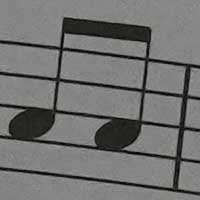 |
 |
|
ISO 12800 (100% Crop) |
ISO 12800 (100% Crop) |
 |
 |
|
ISO 25600 (100% Crop) |
ISO 25600 (100% Crop) |
 |
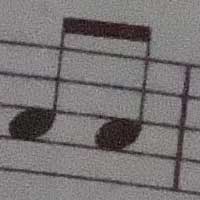 |
|
ISO 51200 (100% Crop) |
ISO 51200 (100% Crop) |
 |
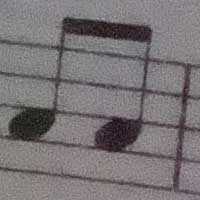 |
|
ISO 102400 (100% Crop) |
ISO 102400 (100% Crop) |
 |
 |
|
ISO 204800 (100% Crop) |
ISO204800 (100% Crop) |
 |
 |
File Quality
The Sony A7 IV has 4 different JPEG image quality settings available, with Extra Fine being the highest quality option. The A7 IV also supports the HEIF file format with 2 options available. There are 3 different Raw compression settings, with Uncompressed being the highest quality option.
Thanks to a higher compression efficiency, HEIF files are smaller than JPEGs even though they contain significantly more data. How much more? Well, HEIF files are 10-bit whereas JPEG files are 8-bit. It’s a heck of a lot more tonal detail and wider colour gamut.
In the A7 IV both HEIF and JPEG formats are available, although you can’t select both at the same time. Whichever format option you select can then be captured independently or simultaneously with RAW.
Here are some 100% crops which show the quality of the various options, with the actual file size shown in brackets.
Night
The Sony A7 IV’s maximum shutter speed is 30 seconds and there’s also a Bulb mode for even longer exposures, which is excellent news if you’re seriously interested in night photography. The shot below was taken using a shutter speed of 30 seconds at ISO 100.
Dynamic Range Optimizer
D-Range Optimiser (DRO) is Sony’s solution to improve shadow detail in photos taken in contrasty light. There are 5 different levels and an Auto option.
Creative Looks
There are 10 Creative Look preset effects that you can use to change the look of your images which are available when shooting JPEG and/or Raw files.
There are ten creative look presets for JPEG pictures and an additional six ‘custom’ presets can be manually stored for quick access. The presets are Standard (‘ST’), Portrait (‘PT’), Neutral (‘NT’), Vivid (‘VV’), ‘VV2’, ‘FL’, ‘IN’, ‘SH’, Black & White (‘BW’) and Sepia (‘SE’).
|
ST |
 |
|
PT |
 |
|
NT |
 |
|
VV |
 |
|
VV2 |
 |
|
FL |
 |
|
IN |
 |
|
SH |
 |
|
BW |
 |
|
SE |
 |
Picture Profiles
The Sony A7 IV offers a range of 11 Picture Profiles which are available when shooting JPEG and/or Raw files.
In addition to the creative looks, there are picture profile primarily designed for video use. By default, the ten parameters (PP1-PP11) are set to cover the following in-camera gamma profiles; Movie, still, Cine1-4, ITU709, ITU 709 (800%), S-Log-2, S-Log3 and HLG1-3), with manual control over numerous parameters including black level, colour mode and saturation.
|
PP OFF |
 |
|
PP1 |
 |
|
PP2 |
 |
|
PP3 |
 |
|
PP4 |
 |
|
PP5 |
 |
|
PP6 |
 |
|
PP7 |
 |
|
PP8 |
 |
|
PP9 |
 |
|
PP10 |
 |
|
PP11 |
 |
Sample Images
This is a selection of sample images from the Sony A7 IV camera, which were all taken using the 33 megapixel Extra Fine JPEG setting. The thumbnails below link to the full-sized versions, which have not been altered in any way.
Sample RAW Images
The Sony A7 IV enables users to capture RAW and JPEG format files. We’ve provided some Sony RAW (ARW) samples for you to download (thumbnail images shown below are not 100% representative)
Sample Movies & Video
This is a sample movie at the quality setting of 3840×2160 pixels at 60 frames per second. Please note that this 21 second movie is 570Mb in size.
This is a sample movie at the quality setting of 3840×2160 pixels at 60 frames per second. Please note that this 16 second movie is 436Mb in size.
This is a sample movie at the quality setting of 3840×2160 pixels at 50 frames per second. Please note that this 21 second movie is 531Mb in size.
This is a sample movie at the quality setting of 3840×2160 pixels at 25 frames per second. Please note that this 16 second movie is 503Mb in size.
Product Images

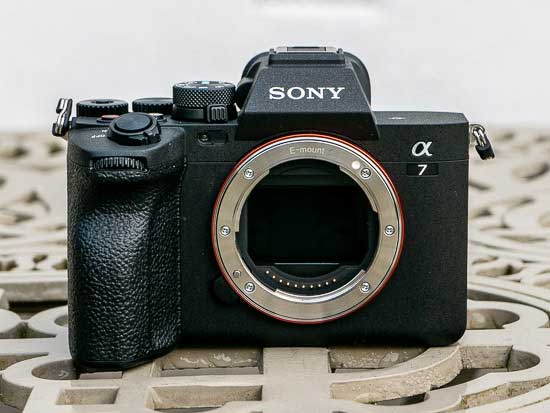
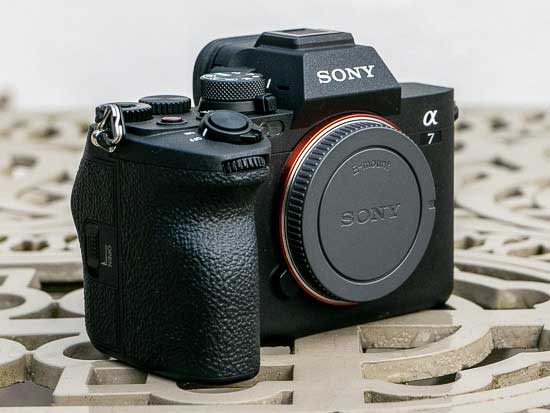

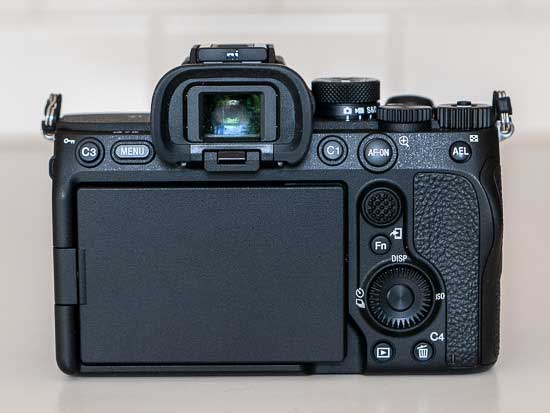
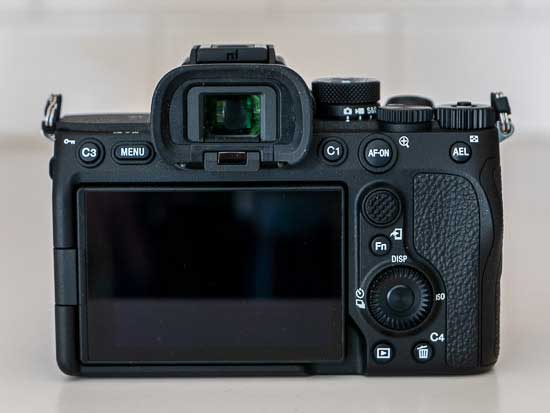


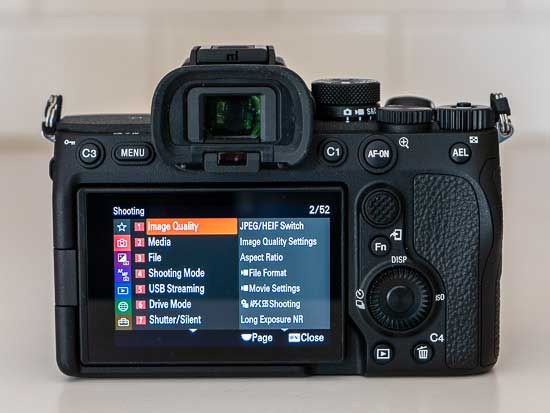
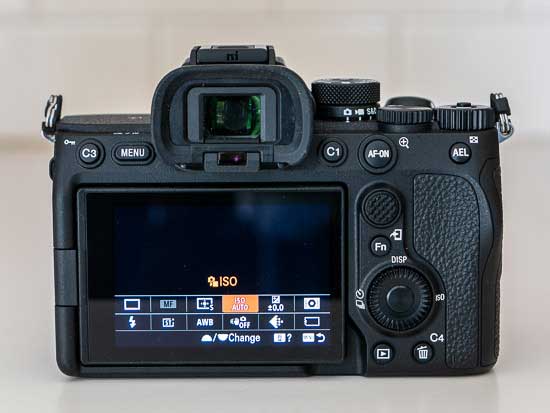
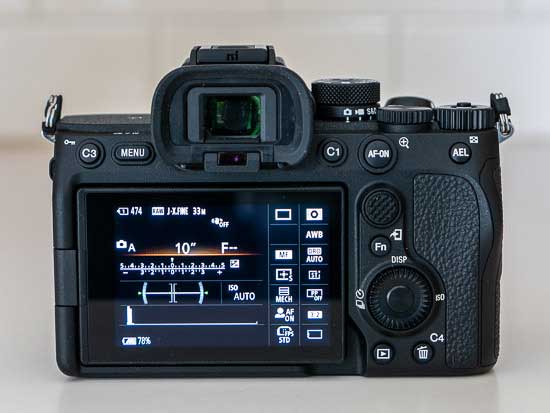



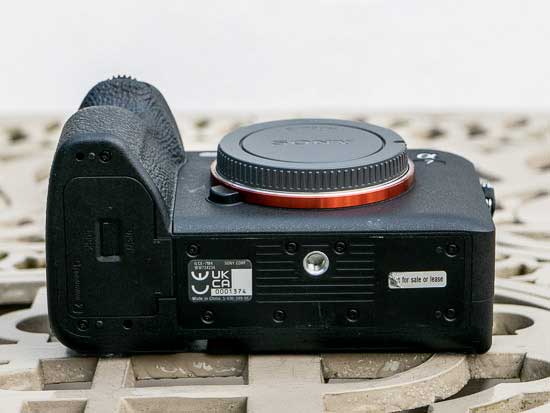
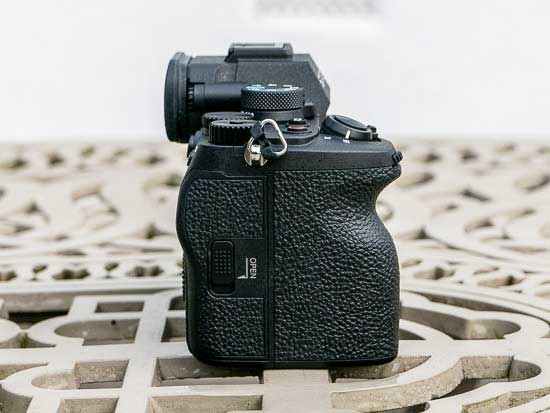
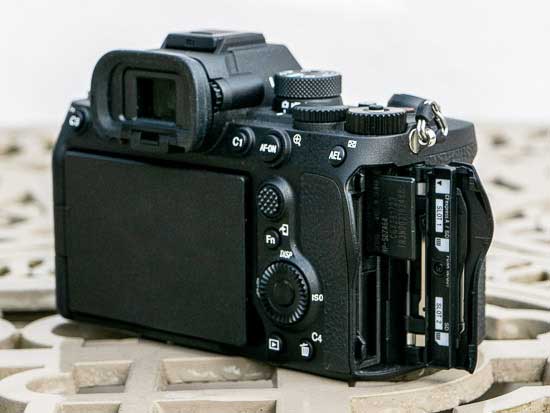
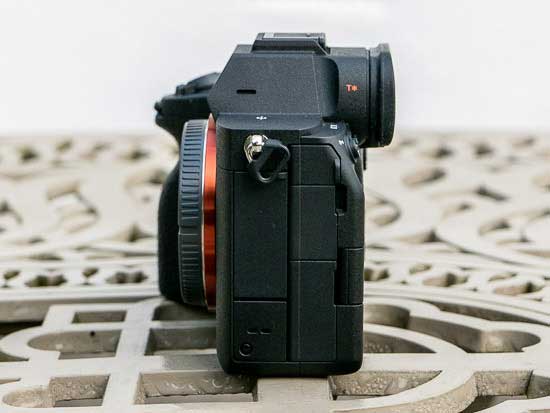

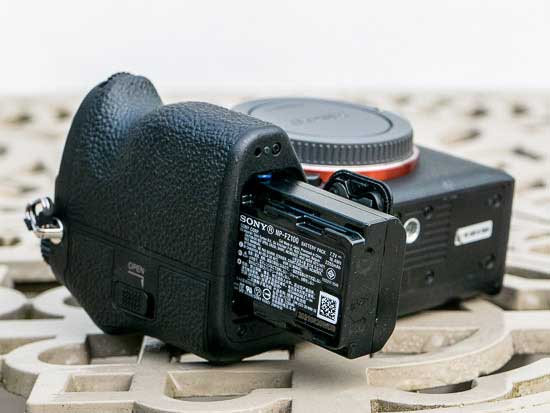

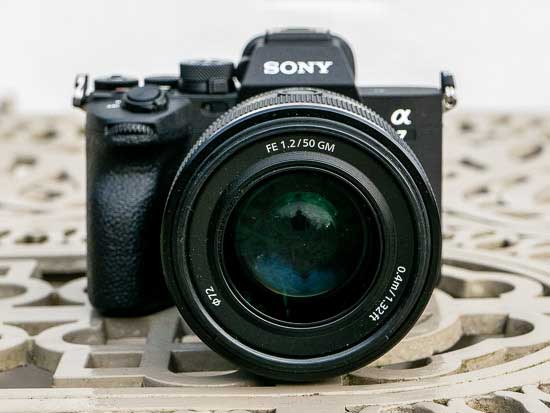
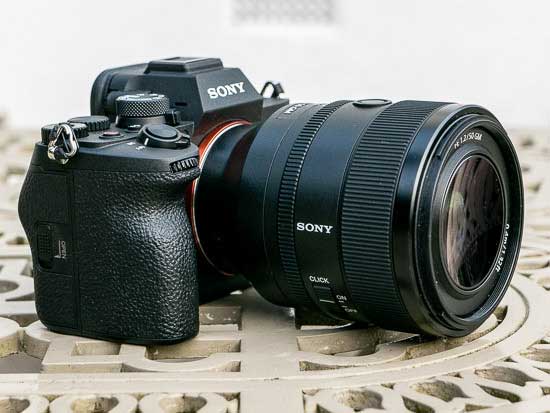

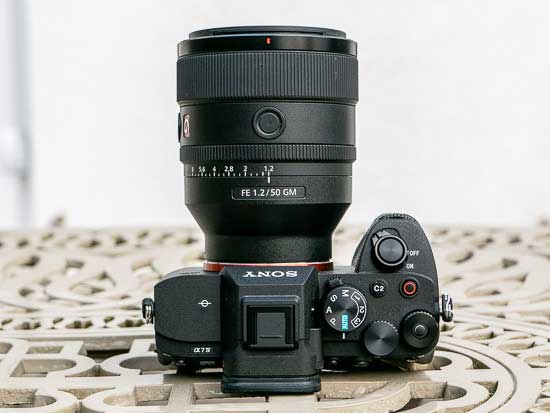

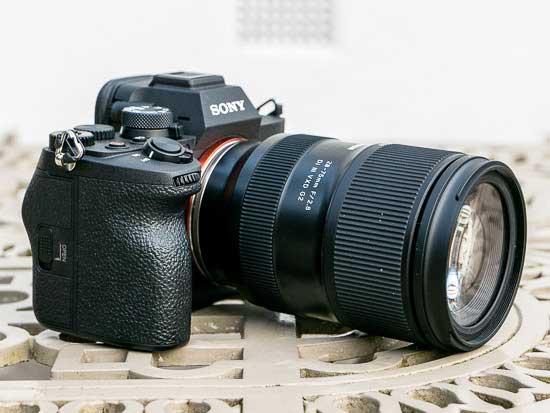
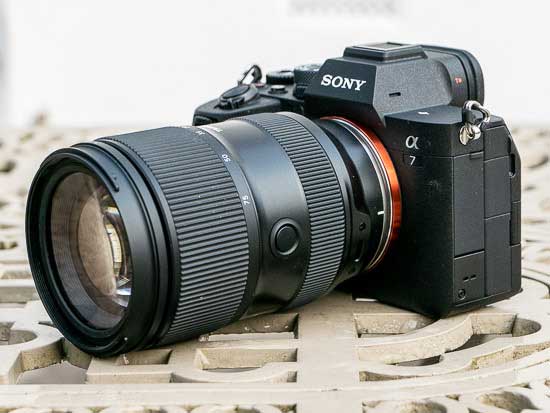
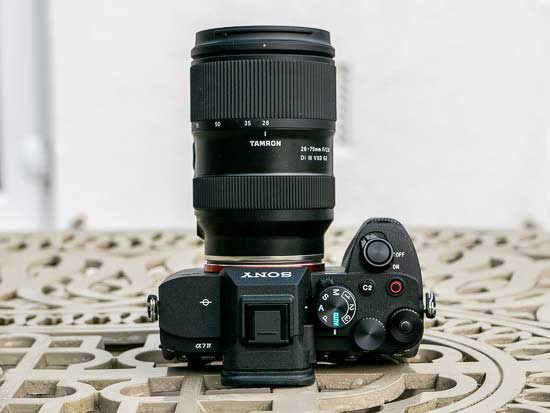





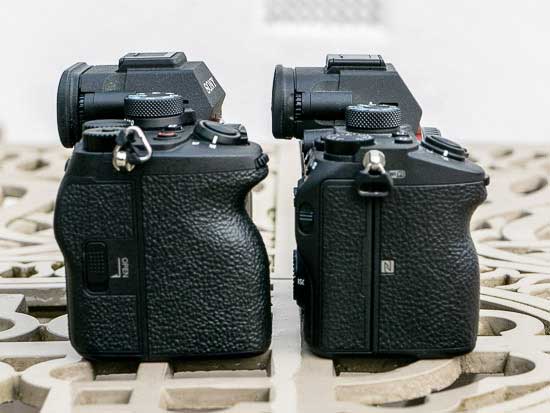
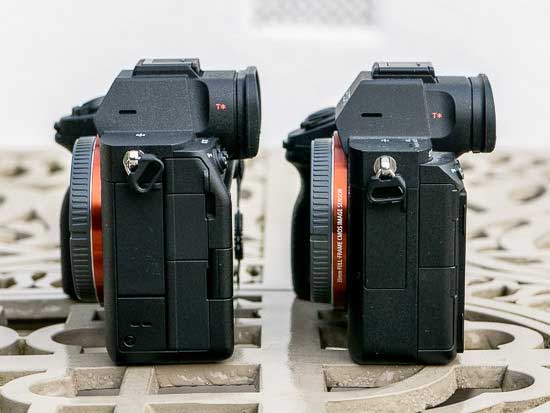
Conclusion
The Sony A7 IV represents a major upgrade from the popular previous model, but increased competition and a major price-hike means that it’s no longer our default choice as the best entry-level full-frame mirrorless camera.
That’s largely because it no longer has an entry-level price-tag. £2399 / $2499 for the body only is significantly more than the £$2000 launch price that the A7 III enjoyed. OK, so the camera market and the world as a whole have changed somewhat since then, but it’s still a big increase that makes the A7 IV more expensive than all of its main rivals.
Back in 2018, the Alpha A7 III faced very little competition at all, with Canon, Sony and Panasonic all still to join the 35mm full-frame market. Fast forward to 2021 and the new A7 IV has several very capable main rivals, including the the Canon EOS R6, Nikon Z6 II and Panasonic Lumix S5, not to mention the venerable Panasonic GH5 II, all of which are cheaper than Sony’s new camera whilst offering, for example, faster burst rates or uncropped 4K/60p video.
What Sony have succeeded in doing is pushing the boundaries of what we can expect from what they still consider to be their entry-level camera – the Sony A7 IV clearly out-performs its predecessor by some margin in virtually every regard, no mean feat given how far ahead of its time the A7 III was.
And while each of its rivals can point to a few key areas where they win the day, none of them quite deliver the accomplished all-round stills and video package that the A7IV clearly is – if you can only afford one hybrid camera to meet all of your diverse shooting needs and your budget stretches beyond “entry-level”, the Alpha A7 IV should be at the top of your list.
All of which is quite a roundabout way to conclude that the new Sony A7 IV is a very capable hybrid all-rounder that should more than meet the needs of most videographers and photographers alike. Whilst it has a few foibles that we hope Sony will address next time around, for us and many others, it’s well worth venturing beyond entry-level to enjoy everything that the Alpha A7 IV has to offer.
| Ratings (out of 5) | |
|---|---|
| Design | 5 |
| Features | 4.5 |
| Ease-of-use | 4.5 |
| Image quality | 5 |
| Value for money | 4 |
Main Rivals
Listed below are some of the rivals of the Sony A7 IV.
The EOS R5 has been the hottest full-frame camera on the block ever since Canon pre-announced it back at the start of 2020, thanks to its headline grabbing twin features of a 45 megapixel sensor and 8K video recording. We’ve seen it a few times since then, but now we can finally bring you our final Canon R5 review, complete with full-size sample photos and videos!
The EOS R6 is the best ever Canon mirrorless camera – there, we said it! If you want to find out why, carry on reading our in-depth Canon EOS R6 review, complete with full-size sample photos and videos.
The Nikon Z6 II mirrorless camera is an evolutionary upgrade of the original Z6, principally improving the autofocusing, buffer and video and adding a second memory card slot. Is this enough to compete with its main rivals? Find out now by reading our in-depth Nikon Z6 II review, complete with full size sample photos and videos…
The Nikon Z7 II full-frame mirrorless camera is the 2020 update of the original Z7 model, principally improving the autofocusing, buffer and video and adding a second memory card slot. Are these changes enough for it to compete with its main rivals like the Sony A7R IV and the Canon EOS R5? Find out now by reading our in-depth Nikon Z7 II review, complete with full size sample photos and videos…
The much anticipated Panasonic GH6 may be on the near-horizon, but the brand new GH5 Mark II is here right now. What does the new version offer, and can it really improve on the best-selling original? We find out in our review of the Panasonic Lumix GH5 II mirrorless camera, complete with sample photos, test shots, videos and more…
The Panasonic S5 is a brand new hybrid full-frame mirrorless camera that’s equally as capable at shooting both stills and video. In an ever more crowded market, does the Lumix S5 offer enough to stand out against the likes of the Sony A7 III, Canon EOS R and Nikon Z6? Read our in-depth review of the Panasonic S5 to find out, complete with full-size sample photos and videos.
The new A7 III is the most affordable Sony full-frame camera in the Alpha range, but as our in-depth review reveals, it’s far from being the most basic. Find out why we think this is the best camera of 2018 (so far at least) by reading our in-depth Sony A7 III review…
It’s been 5 long years since its popular predecessor was launched, but now the new Sony A7S III full-frame mirrorless camera is finally with us! Is this the most capable hybrid 4K video camera available today? Find out now by reading our in-depth Sony Alpha 7S III review, complete with full-size photos and videos for you to download and evaluate…
Review Roundup
Reviews of the Sony A7 IV from around the web.
The Sony Alpha 7 IV is the latest in the firm’s line of full-frame mirrorless cameras. Based around a new 33MP sensor, it boasts a sophisticated autofocus system and can shoot at 10 frames per second. Its large, high resolution electronic viewfinder is joined by a fully articulated rear screen, and Sony has finally added a comprehensive touch interface. On paper it’s one of the highest-spec’ed models in its class, but at £2400 body-only, it’s also one of the most expensive.
Read the full review »
The A7 IV may be classified as the entry-level model in Sony’s full-frame lineup, but like its predecessors, will more than satisfy the majority of photographers, videographers and hybrid shooters. The Mark IV boosts the resolution to 33 Megapixels without compromising noise levels, enhances an already excellent autofocus system, improves the menus and controls, increases the viewfinder resolution and sports a more comfortable grip.
Read the full review »
Don’t think of the A7 IV as Sony’s new ‘entry level’ full frame mirrorless camera. It’s both too powerful, too complex and, yes, too expensive for that. It’s more like a mini-A1 that’s terrifyingly good at everything but less than half the price. Stills photographers can revel in its 33MP resolution and incredible burst mode, while videographers get a camera that leaves the previous A7 III far behind.
Read the full review »
Specifications
What’s In The Box
- Rechargeable Battery NP-FZ100, AC adaptor,Power cord, Shoulder strap, Body cap, Accessory shoe cap, Eyepiece cup, USB-A to USB-C cable (USB 3.2)
Number Of Pixels (Effective)
Sensor Type
- 35 mm full frame (35.9 x 23.9 mm), Exmor R CMOS sensor
Anti-Dust System
- Yes (Charge protection coating on optical filter and image sensor shift mechanism)
Recording Format
- JPEG (DCF Ver. 2.0, Exif Ver. 2.32, MPF Baseline compliant), HEIF (MPEG-A MIAF compliant), RAW (Sony ARW 4.0 format compliant)
Image Quality Modes
- RAW (Compressed / Lossless Compressed / Uncompressed), JPEG (Extra fine / Fine / Standard / Light), HEIF (4:2:0 / 4:2:2) (Extra fine / Fine / Standard / Light), RAW & JPEG, RAW & HEIF
Picture Profile
- Yes (Off / PP1-PP11) Parameters: Black level, Gamma (Movie, Still, S-Cinetone, Cine1-4, ITU709, ITU709 [800%], S-Log2, S-Log3, HLG, HLG1-3), Black Gamma, Knee, Color Mode, Saturation, Color Phase, Color Depth, Detail, Copy, Reset
CREATIVE LOOK
- ST, PT, NT, VV, VV2, FL, IN, SH, BW, SE, Custom Look (1-6)
Dynamic Range Functions
- Off, Dynamic Range Optimizer
Colour Space
- sRGB standard (with sYCC gamut), Adobe RGB standard and Rec. ITU-R BT.2100 standard (BT.2020 gamut).
Video Compression
- XAVC S: MPEG-4 AVC/H.264, XAVC HS: MPEG-H HEVC/H.265
Audio Recording Format
- LPCM 2 ch (48 kHz 16 bit), LPCM 2 ch (48 kHz 24 bit), LPCM 4 ch (48 kHz 24 bit), MPEG-4 AAC-LC 2 ch
Colour Space
- Rec. ITU-R BT.2100 standard compatible (BT.2020 gamut)
Picture Profile
- Yes (Off / PP1-PP11) Parameters: Black level, Gamma (Movie, Still, S-Cinetone, Cine1-4, ITU709, ITU709 [800%], S-Log2, S-Log3, HLG, HLG1-3), Black Gamma, Knee, Color Mode, Saturation, Color Phase, Color Depth, Detail, Copy, Reset
CREATIVE LOOK
- ST, PT, NT, VV, VV2, FL, IN, SH, BW, SE, Custom Look (1-6)
MOVIE RECORDING SYSTEM (XAVC HS 4K)
- 3840 x 2160 (4:2:0, 10bit, NTSC) (Approx.): 60p (150 Mbps / 75 Mbps / 45 Mbps), 24p (100 Mbps / 50 Mbps / 30 Mbps), 3840 x 2160 (4:2:0, 10bit, PAL) (Approx.): 50p (150 Mbps / 75 Mbps / 45 Mbps), 3840 x 2160 (4:2:2, 10bit, NTSC) (Approx.): 60p (200 Mbps / 100 Mbps), 24p (100 Mbps / 50 Mbps), 3840 x 2160 (4:2:2, 10bit, PAL) (Approx.): 50p (200 Mbps / 100 Mbps)
MOVIE RECORDING SYSTEM (XAVC S 4K)
- 3840 x 2160 (4:2:0, 8bit, NTSC) (Approx.): 60p (150 Mbps), 30p (100 Mbps / 60 Mbps), 24p (100 Mbps / 60 Mbps), 3840 x 2160 (4:2:0, 8bit, PAL) (Approx.): 50p (150 Mbps), 25p (100 Mbps / 60 Mbps), 3840 x 2160 (4:2:2, 10bit, NTSC) (Approx.): 60p (200 Mbps), 30p (140 Mbps), 24p (100 Mbps), 3840 x 2160 (4:2:2, 10bit, PAL) (Approx.): 50p (200 Mbps), 25p (140 Mbps)
MOVIE RECORDING SYSTEM (XAVC S HD)
- 1920 x 1080 (4:2:0, 8bit, NTSC) (Approx.): 120p (100 Mbps / 60 Mbps), 60p (50 Mbps / 25 Mbps), 30p (50 Mbps / 16 Mbps), 24p (50 Mbps), 1920 x 1080 (4:2:0, 8bit, PAL) (Approx.): 100p (100 Mbps / 60 Mbps), 50p (50 Mbps / 25 Mbps), 25p (50 Mbps / 16 Mbps), 1920 x 1080 (4:2:2, 10bit, NTSC) (Approx.): 60p (50 Mbps), 30p (50 Mbps), 24p (50 Mbps), 1920 x 1080 (4:2:2, 10bit, PAL) (Approx.): 50p (50 Mbps), 25p (50 Mbps)
MOVIE RECORDING SYSTEM (XAVC S-I 4K)
- 3840 x 2160 (4:2:2, 10bit, NTSC) (Approx.): 60p (600 Mbps), 30p (300 Mbps), 24p (240 Mbps), 3840 x 2160 (4:2:2, 10bit, PAL) (Approx.): 50p (500 Mbps), 25p (250 Mbps)
MOVIE RECORDING SYSTEM (XAVC S-I HD)
- 1920 x 1080 (4:2:2, 10bit, NTSC) (Approx.): 60p (222 Mbps)xtagstartz, 30p (111 Mbps), 24p (89 Mbps), 1920 x 1080 (4:2:2, 10bit, PAL) (Approx.): 50p (185 Mbps), 25p (93 Mbps)
